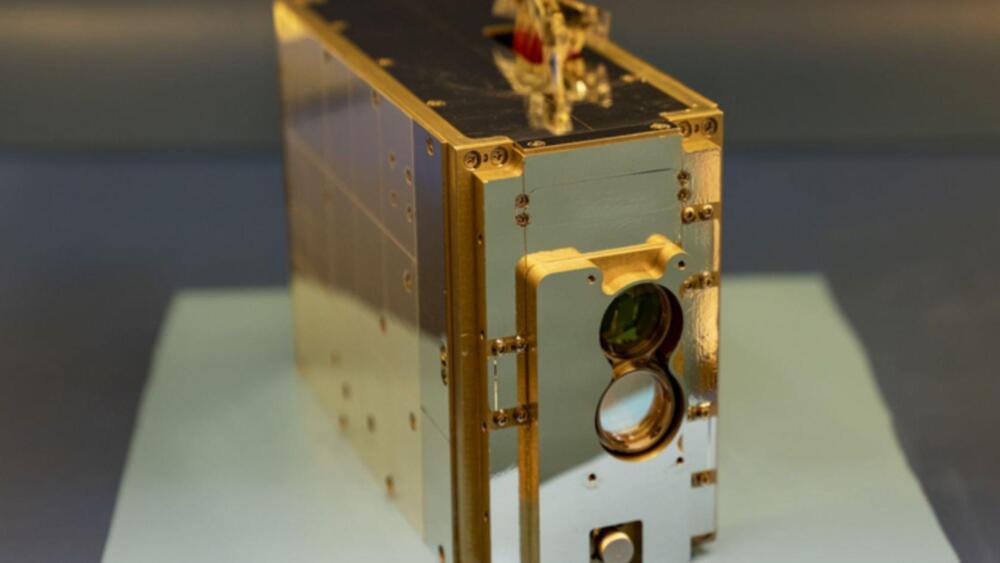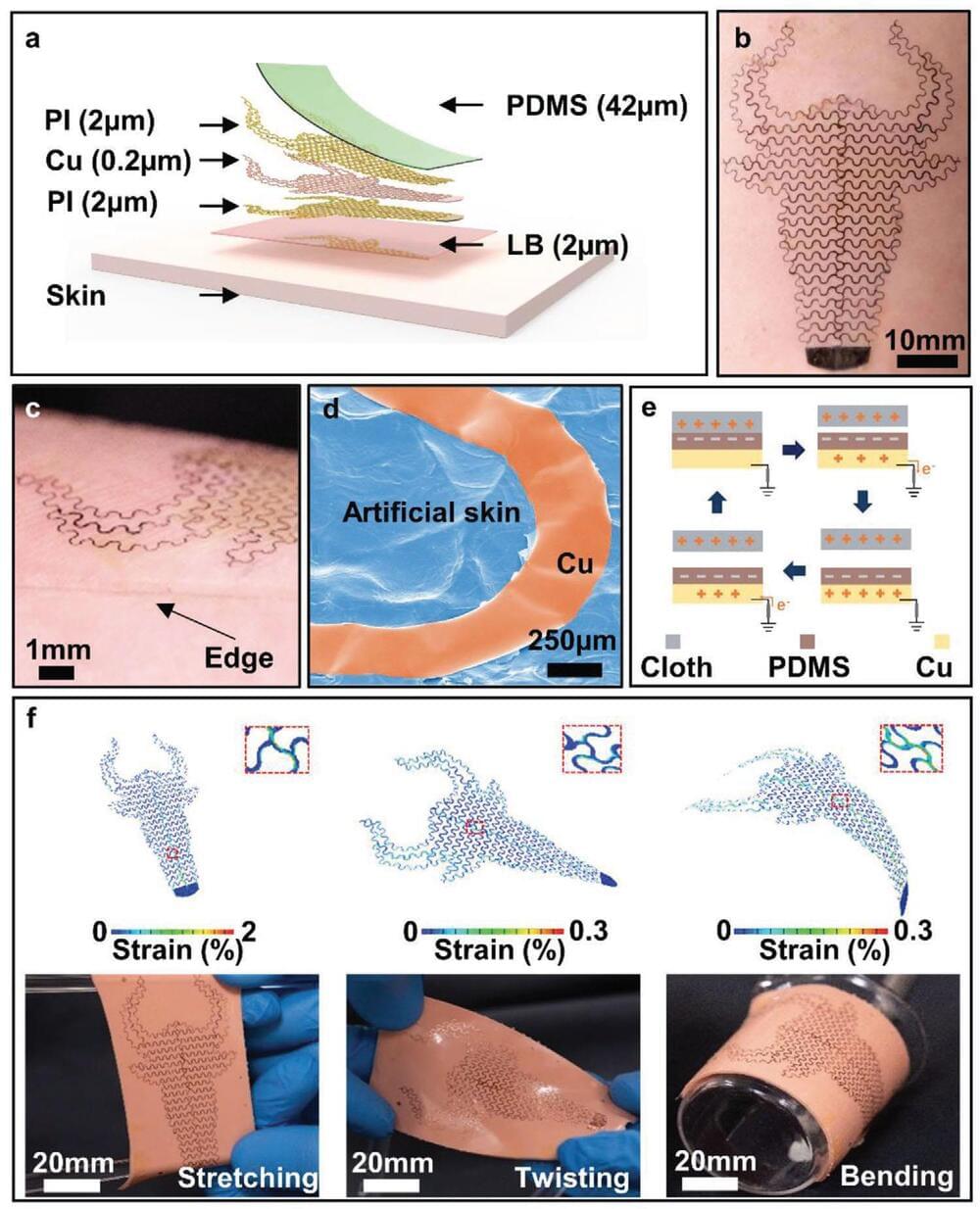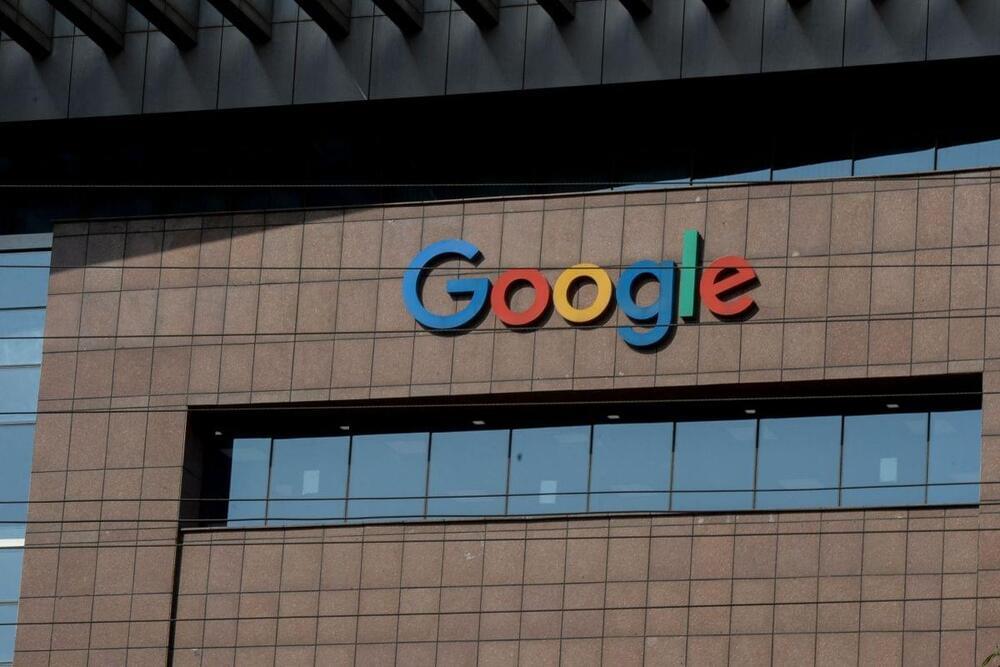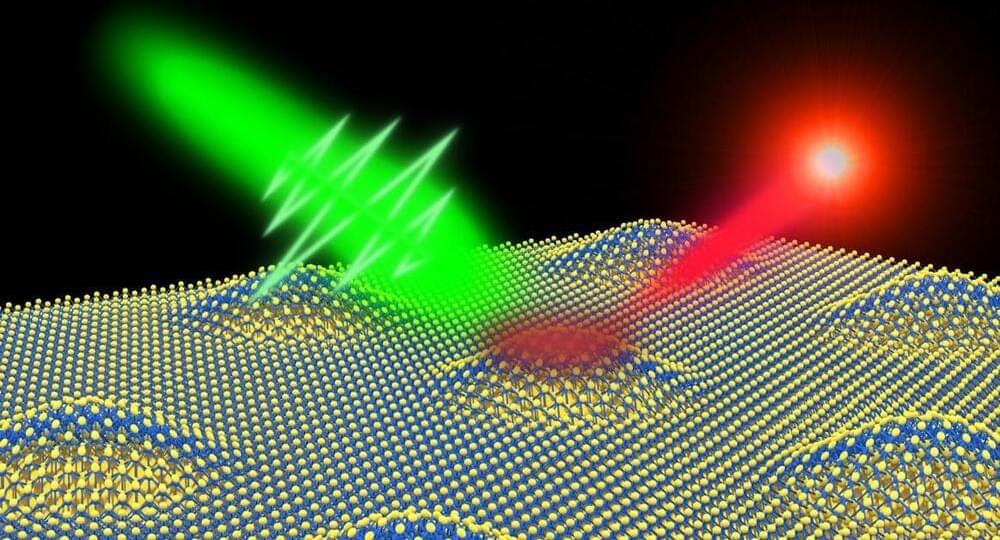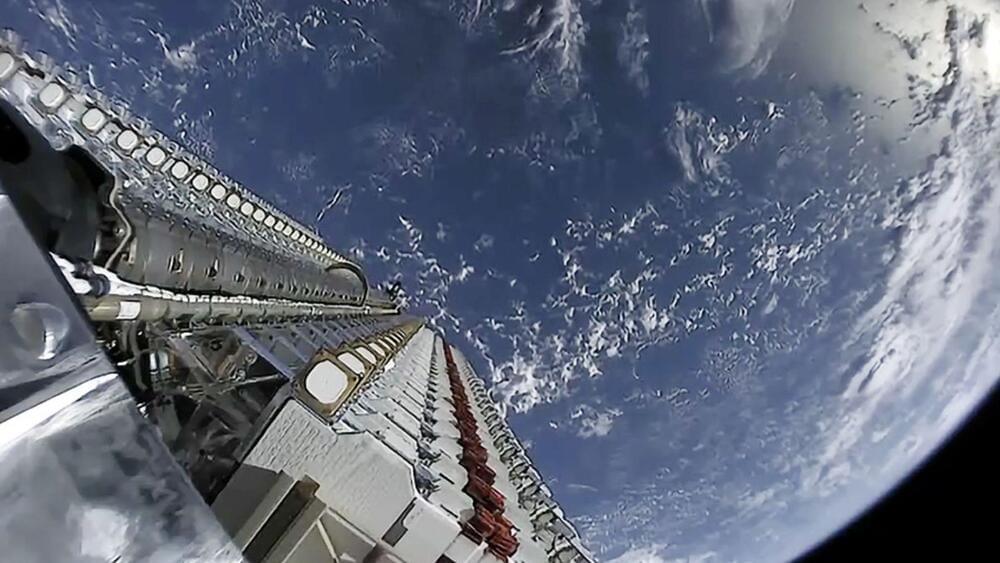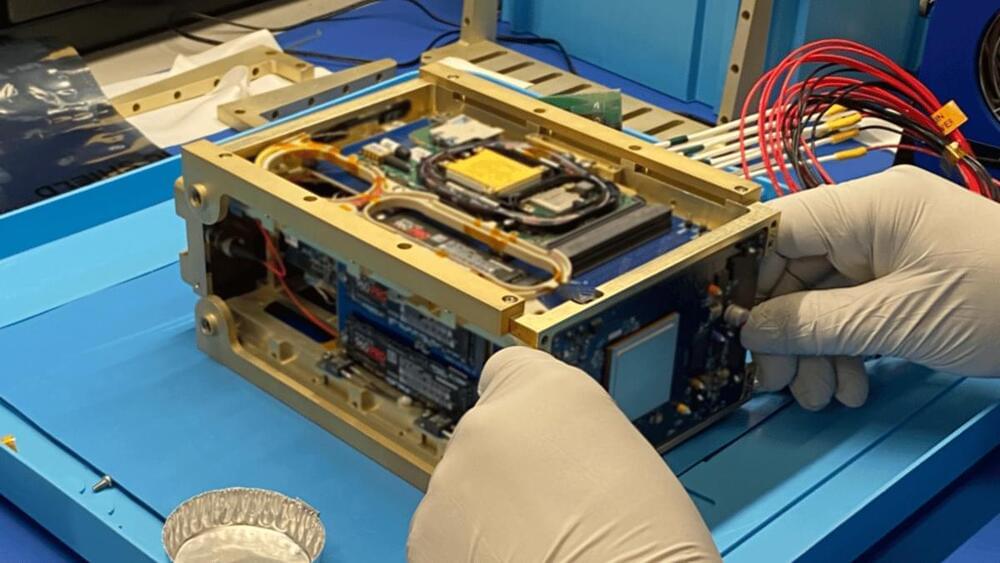Dec 5, 2022
MIT engineers’ record-breaking information system is 1,000 times faster than traditional method
Posted by Gemechu Taye in categories: computing, internet
The future of laser communications looks bright and boundless.
In groundbreaking news, MIT announced on November 30 that engineers at the Lincoln Laboratory had broken the record for the fastest laser link from space with its TeraByte InfraRed Delivery (TBIRD) system.
The TBIRD payload, launched into orbit in May 2022, has sent down data at a speed of up to 100 gigabits per second through an optical communication link to a ground receiver in California. The new record is around 1,000 times faster than traditional methods. This means that sending information to and from space will see tremendous improvement with this new technology.
